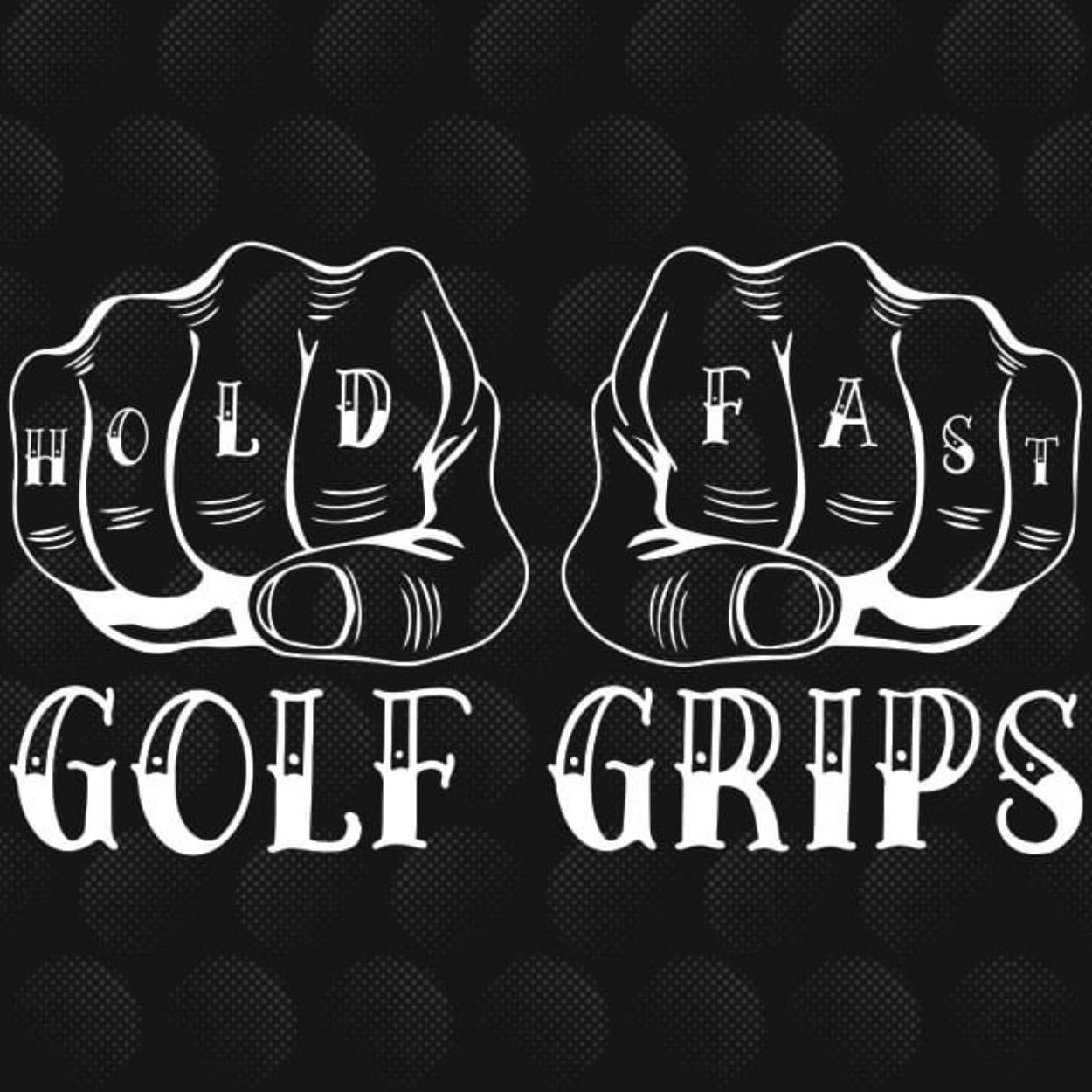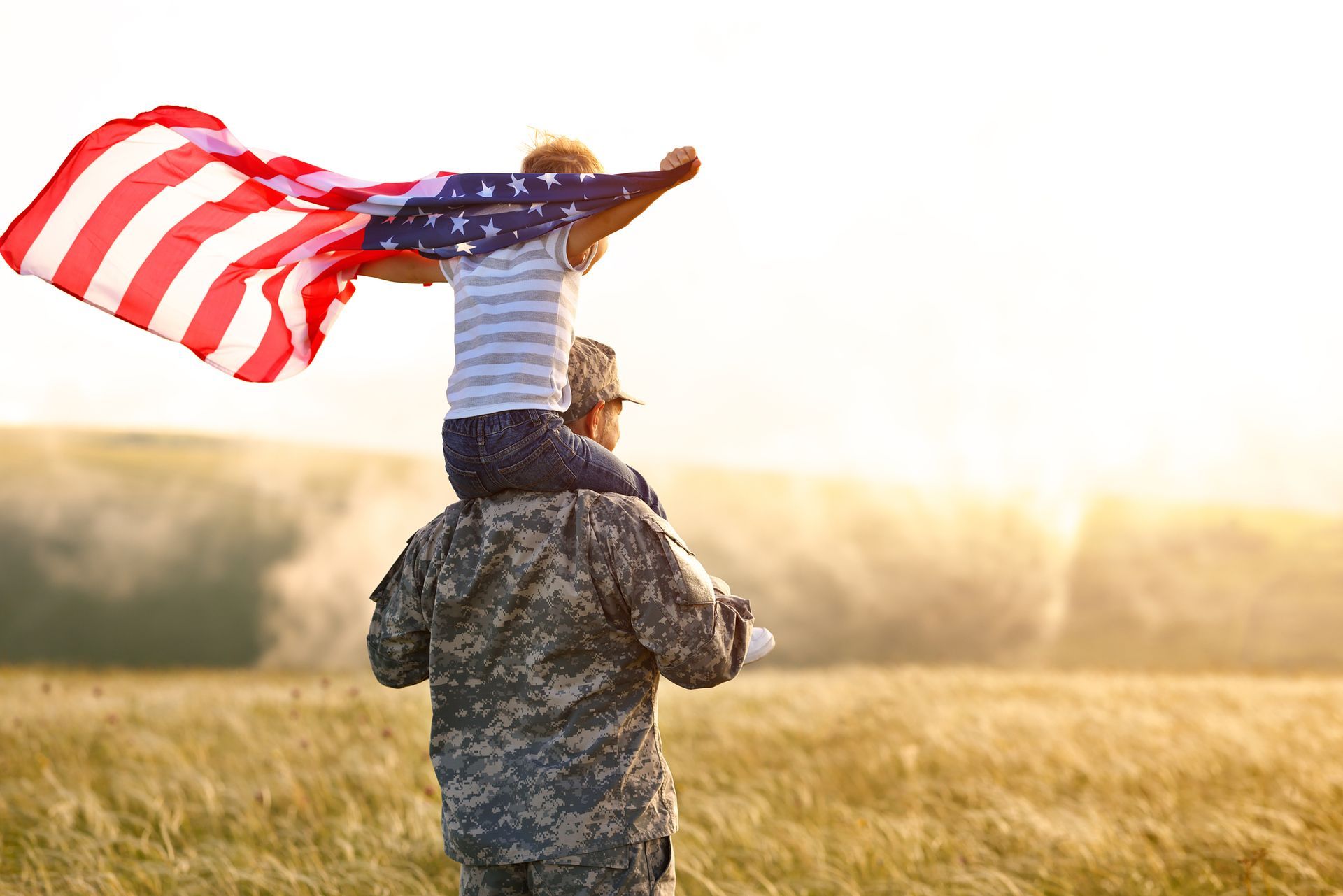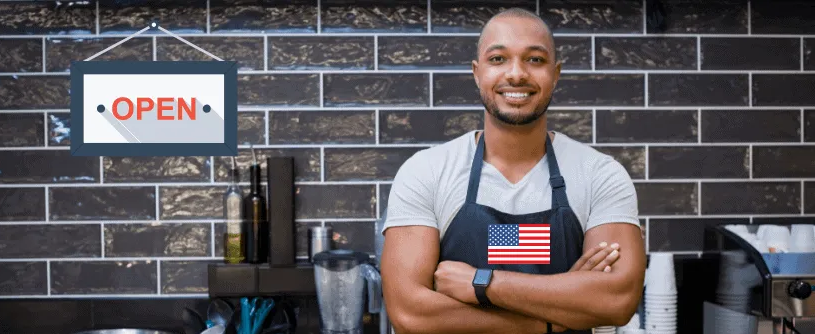Military Mess Halls to Fast-Food Empires: How the Chow Line Inspired Franchise Operations
When people think of fast-food franchises, they often imagine neon signs, fryers sizzling, and drive-thru headsets crackling with “Welcome to McDonald’s, may I take your order?” Few realize that one of the greatest influences on modern fast-food operations came not from boardrooms — but from the battlefield.
The modern franchise system, especially in quick-service restaurants, owes a surprising debt to the military. The military mess hall and chow line model pioneered many of the operational principles that would later define the world’s largest restaurant chains.
From Mess Halls to Mass Production
During World War II, millions of American service members needed to be fed quickly, efficiently, and consistently. Military kitchens evolved into high-volume, high-precision systems. They standardized recipes, portion sizes, and workflows to ensure that every soldier received the same meal, no matter the base.
This created something remarkable: a scalable, repeatable food service model. Each mess hall functioned almost like a franchise location — identical in menu, schedule, layout, and service. A cook stationed in Italy could step into a kitchen in Okinawa and know exactly where the flour was, what the menu was, and how the line would run.
That level of standardization was radical for the time. Civilian restaurants were mostly mom-and-pop operations with unique menus and inconsistent service. The military, however, proved that a well-drilled team using standardized procedures could feed thousands like clockwork.
Efficiency by Design: The Birth of the Line
The chow line itself was a masterclass in operational flow:
• Single direction, no bottlenecks
• Uniform portioning for predictable inventory
• Minimal choice to maximize speed
• Station-based prep so each team member had one clear task
This assembly-line approach mirrored what would later become the backbone of fast-food operations. Long before fast-food founders drew up flowcharts, the military was already perfecting them — under pressure.
It’s no accident that many of the early franchise pioneers — including veterans returning from World War II and the Korean War — carried this operational mindset with them.
From the Front Lines to the Golden Arches
The connection between the military and modern fast food isn’t just metaphorical — it’s direct.
Many early franchise founders and operators were veterans. After returning home, they gravitated toward businesses that mirrored the systems they already understood. In 1948, McDonald’s revolutionized its kitchen with the “Speedee Service System,” mapping out burger prep like a drill formation. Their model — single menu, fast service, clean roles — looked a lot like a chow line.
Franchise chains like Burger King, KFC, and Wienerschnitzel would refine these concepts, turning them into global empires. The emphasis was always the same: efficiency, predictability, and throughput.
The Veteran Operator Effect
Veterans were uniquely well-suited to run these operations. The military had already trained them in:
• Following procedures to the letter
• Managing teams under pressure
• Logistics and supply chains at scale
• Quality control in dynamic environments
In short, they were natural franchise operators before the industry even existed. Many early franchise success stories — from burger joints to auto shops — were driven by former servicemembers who simply transferred their command skills to the kitchen. This is also one reason why veterans continue to be disproportionately successful in franchising today. The DNA of the business model itself echoes their training.
Operational Doctrine: Fast Food as a Civilian Campaign
Think about the structure of a large franchise brand today:
• Standard Operating Procedures (SOPs) dictate how everything is done — from how long fries cook to how napkins are folded.
• Training manuals resemble field guides.
• Mystery shoppers and inspections parallel military inspections and readiness checks.
• Supply chain centralization ensures that every location gets identical products, just like quartermasters supply troops.
Even the language overlaps. “Line cooks.” “Unit managers.” “Deployment of a new store.” The militaristic roots are hidden in plain sight.
Supply Chains: The Quartermaster Goes Commercial
Another overlooked link is the military’s quartermaster system. The logistical network that kept troops supplied inspired civilian businesses to think bigger.
Before the war, most restaurants sourced ingredients locally. After the war, franchise systems adopted centralized supply chains — much like the military — to ensure consistency. A burger in Boise would taste like a burger in Boston because the ingredients, training, and preparation methods came from the same playbook.
Many of the logistics experts who built these systems for major food brands were also veterans or had worked in military supply during the war.
From Chow Lines to Global Brands
What began as a way to feed millions of soldiers under impossible conditions evolved into a global commercial infrastructure. Today’s fast-food giants can open locations around the world with military-grade precision because they are, at their core, built on military logic: structure, discipline, replication.
It’s also why so many franchise systems have a cultural emphasis on uniforms, order, and chain of command. They aren’t just selling burgers or coffee — they’re running a civilianized logistical operation.
Full Circle: Veterans Still at the Helm
Decades after the first mess halls set the template, veterans remain at the heart of franchising. Organizations like VetFran support veteran entrepreneurs, and many brands actively recruit them because they understand the playbook better than anyone.
The next time you’re in a fast-food line, watching the smooth rhythm of the kitchen, remember: that system was forged on military bases, perfected in chow halls, and exported to Main Street.
About the Author
As the COO of The Franchise Consulting Company, Pete Neonakis oversees all operations and is a seasoned business owner with a wealth of entrepreneurial experience. His extensive global travels have taken him to some of the world's most remote and off-the-beaten-path locations.











